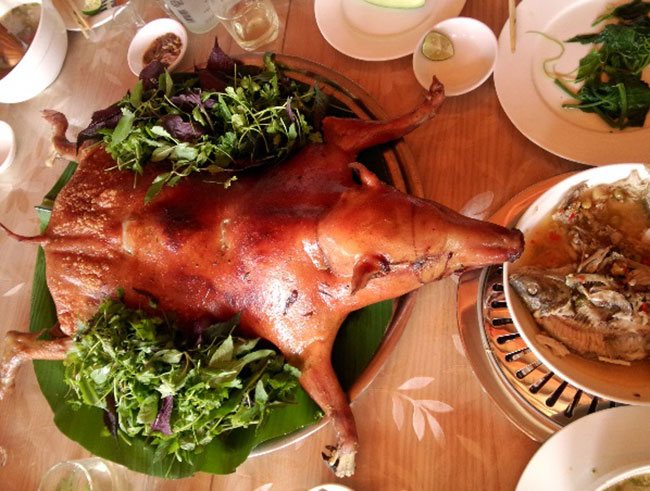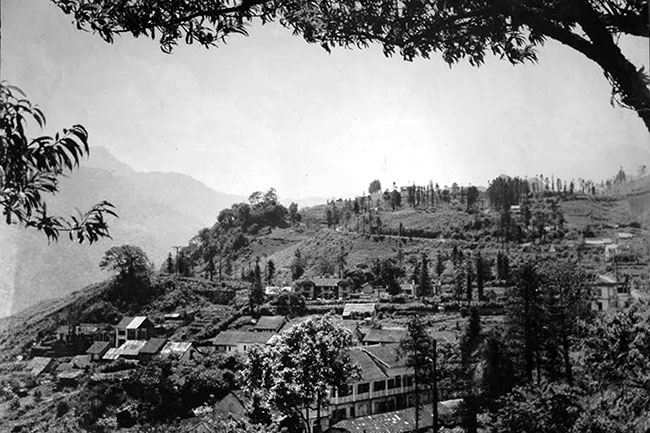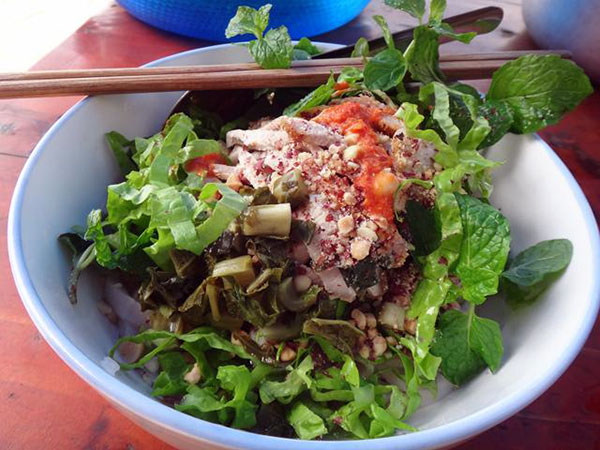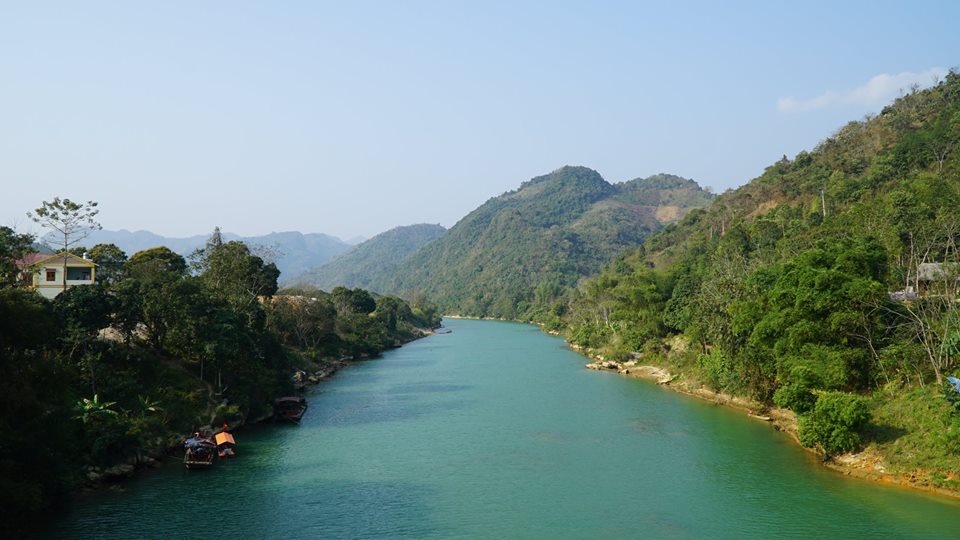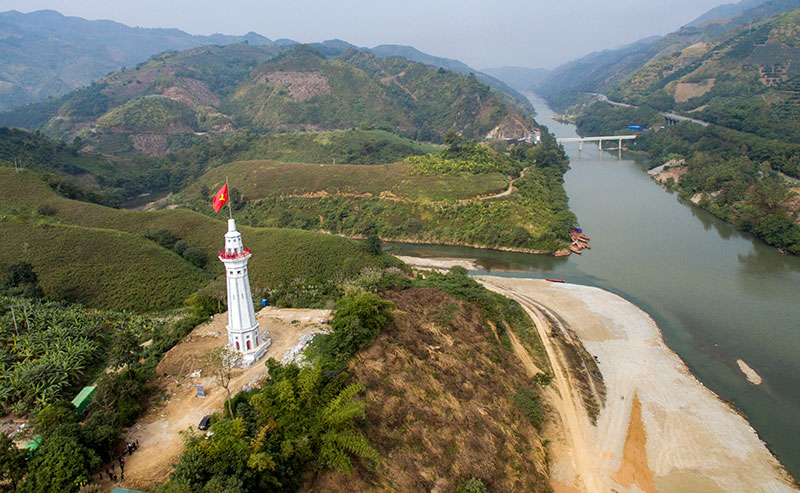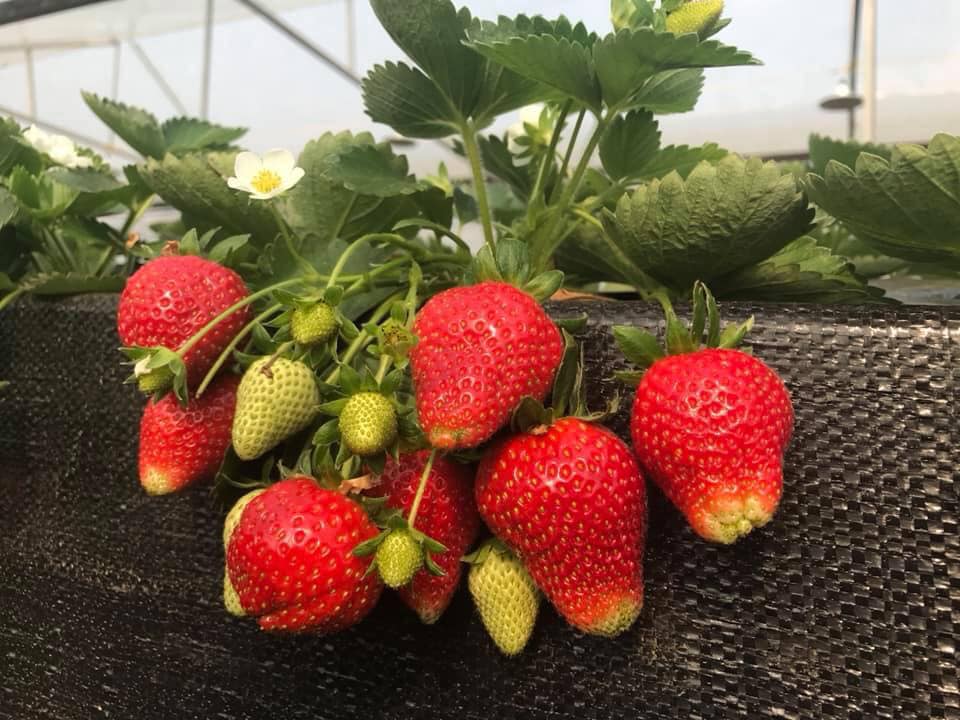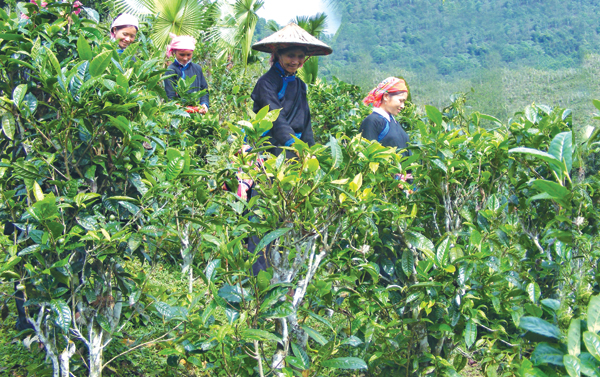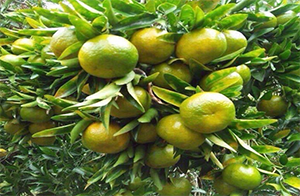Sunday, 27 April 2025, 8:58:52 am
X
THAI PEOPLE
The Thai ethnic group is one of the ethnic minorities in Vietnam. This ethnic group has over 1 million people, living scattered in the provinces of Lai Chau, Dien Bien, Son La, Hoa Binh, Yen Bai, Lao Cai, Thanh Hoa and some Northern mountainous areas, Central Highlands.
Anyone who has gone to the Northwest can not help but be amazed by the Thai girls in traditional clothes with ruffles, black skirts and scarf. From a young age, Thai girls are taught by mothers and mothers to "use love", a type of cloth belt, to grow up, they all have a "slim waist" body, meaning the waist belt. bee. Therefore, when growing up, Thai girls are flexible with beautiful curves. Is it true that Thai women of all ages have a harmonious body and are even more prominent when wearing their own ethnic costumes.
Thai national costume
Thai Nu national costume
Thai clothing imprinted with ethnic cultural identity still dominates clearly. -
Women's costumes also began to have the Europeanization phenomenon, but compared to men it took place more slowly. For them, Thai clothing imprinted with ethnic cultural identity still dominates clearly. When observing this costume, many people think it is unique because it brings out the beauty of heaven! Perhaps that is why the phrase "Thai girl" has become a symbol in Vietnamese folklore culture.

Except for the exotic cases such as Europeization, Sinization or Vietnameseization that are occurring today. Females as adults all wear instant scarf skirt [(tube skirt) - dull or scooped]. The Thai group's skirt in the Northwest is usually no other color than pure black. The Thai in Phu Yen (Son La), Mai Chau (Hoa Binh) and some areas of Thanh Hoa, wear high waist-length skirts like the Muong. The Thai people in the western part of Thanh Hoa province, Nghe An province, on the section near the skirt mark, there are embroidery or weaving in horizontal strips of colorful patterns.
In which, Thai Den dress is arranged with a pattern of canarium shape lying vertically. In contrast to the White Thai people, the angular fruit patterns cut across the body axis. When wearing, there are two ways to fold the skirt. First, in the "double fold" (phoenix) way as residents of Phu Yen, Moc Chau (Son La), Mai Chau (Hoa Binh) and western Thanh Hoa, Nghe An. Second, wear in the "knotted" style (hunched pau) - evenly the side edges (right, left) are evenly folded into a fixed point in the middle of the waistline, creating a ruffling line in the middle of the legs. Therefore, the rear skirt body is tight to the body, revealing the curves of the lower half of the body.
Unlike skirts, women's shirts are shown with more pictures and more looks. On visible colors: black, white, yellow, red, blue, flower ..; in the fads (mode), Austria was strongly Europeanized. While traditional shirts only have two styles:
Ordinary Thai Nu ethnic people
In daily life as well as when it comes to posing, Thai women wear a type of shirt called grass. The semantics of grass is short, short, short. So why does the shirt bear that name? Short-sleeved shirt, Thai people call "grass blouse blouse" (roll of praise), distinguished from "long-sleeved grass shirt" (roll of praises). The letter here indicates the length - short of the body. Thus, looking at the cloak, it is immediately apparent that its so-called short, short, short body is limited to the body just dot the waist, it does not lie on the arms. Since then, it is required that the tailor must have a stitch cutting technique so that the dress just embraces the wearer's body, demonstrating Thai aesthetics.

_703663569.jpg)
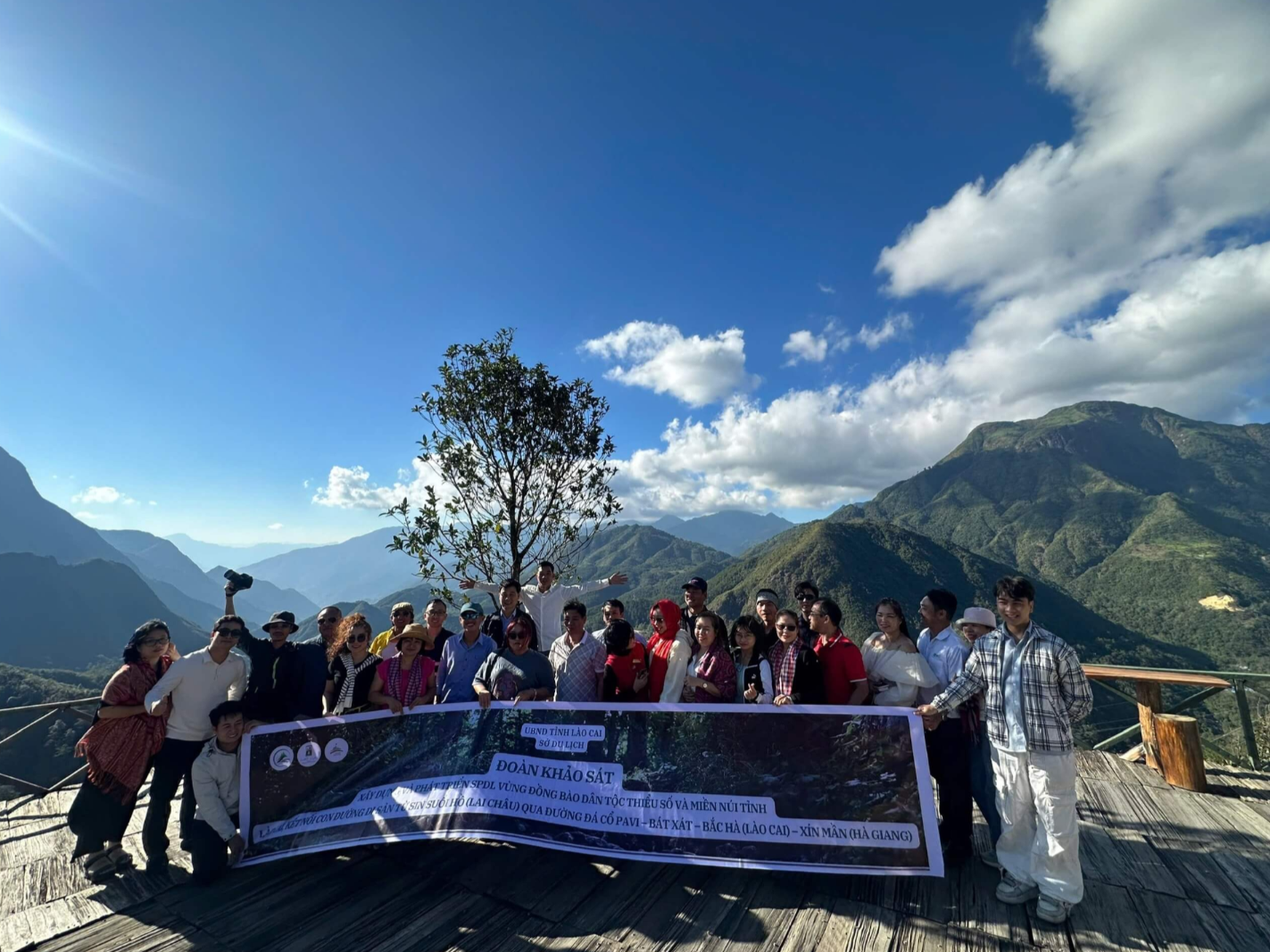
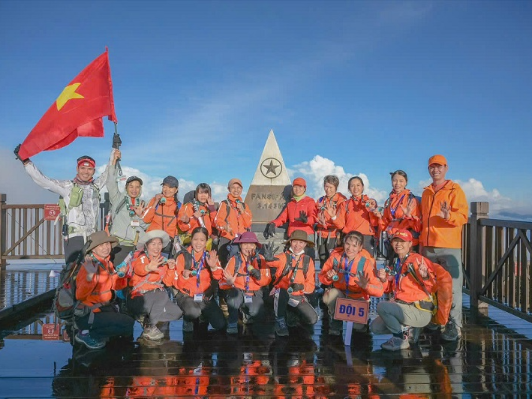
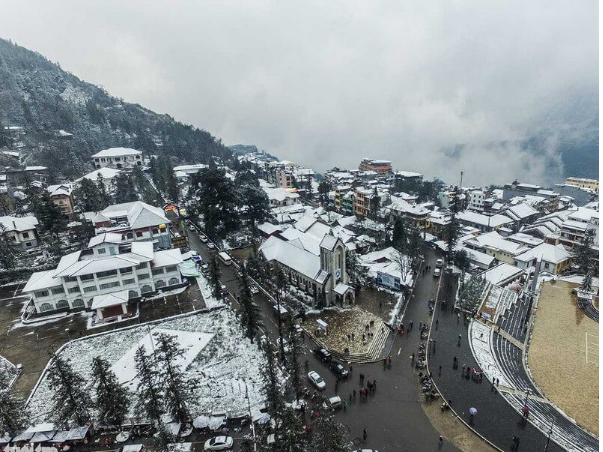
_586631335.jpg)
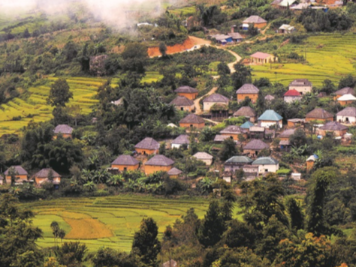
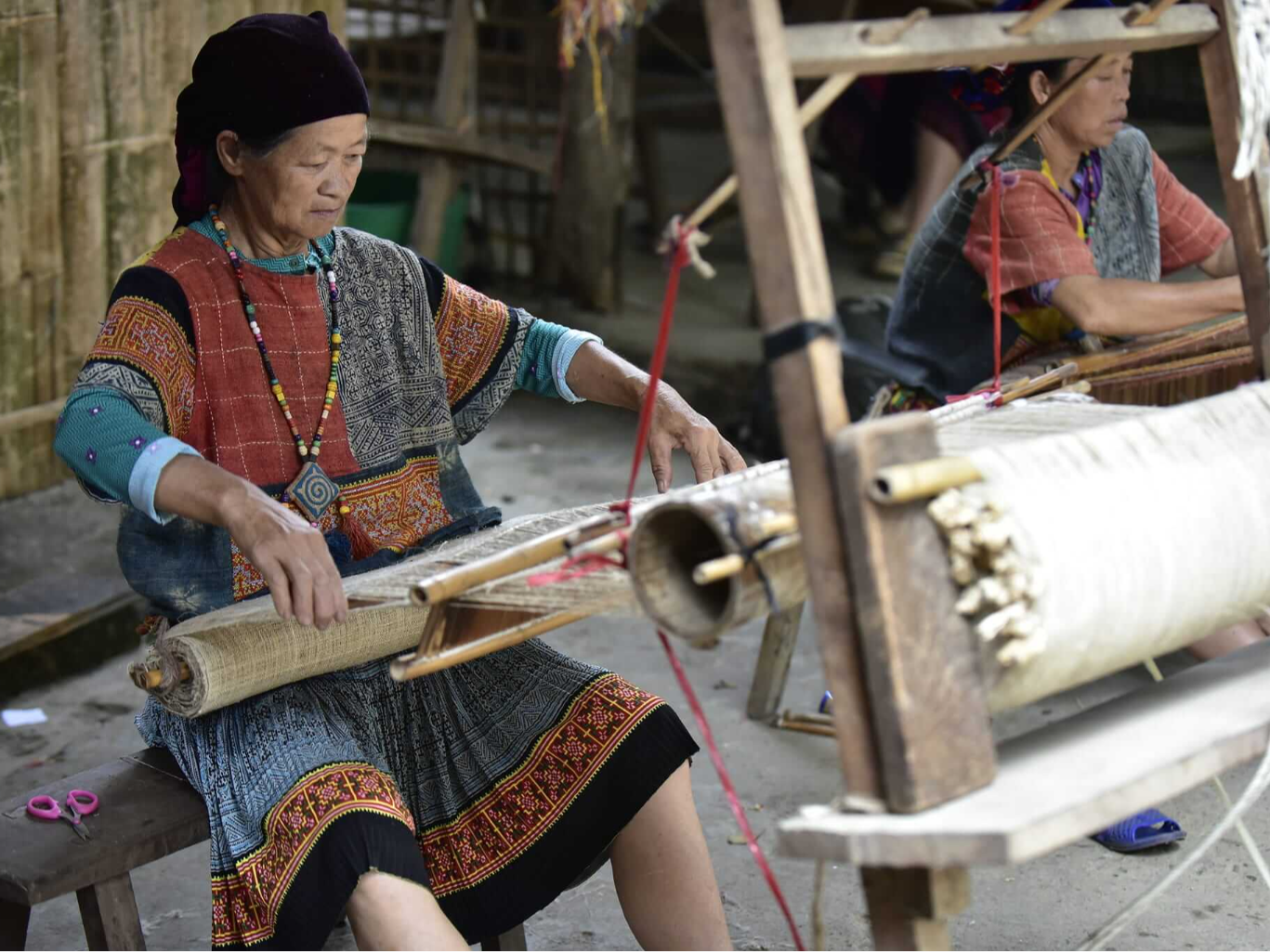
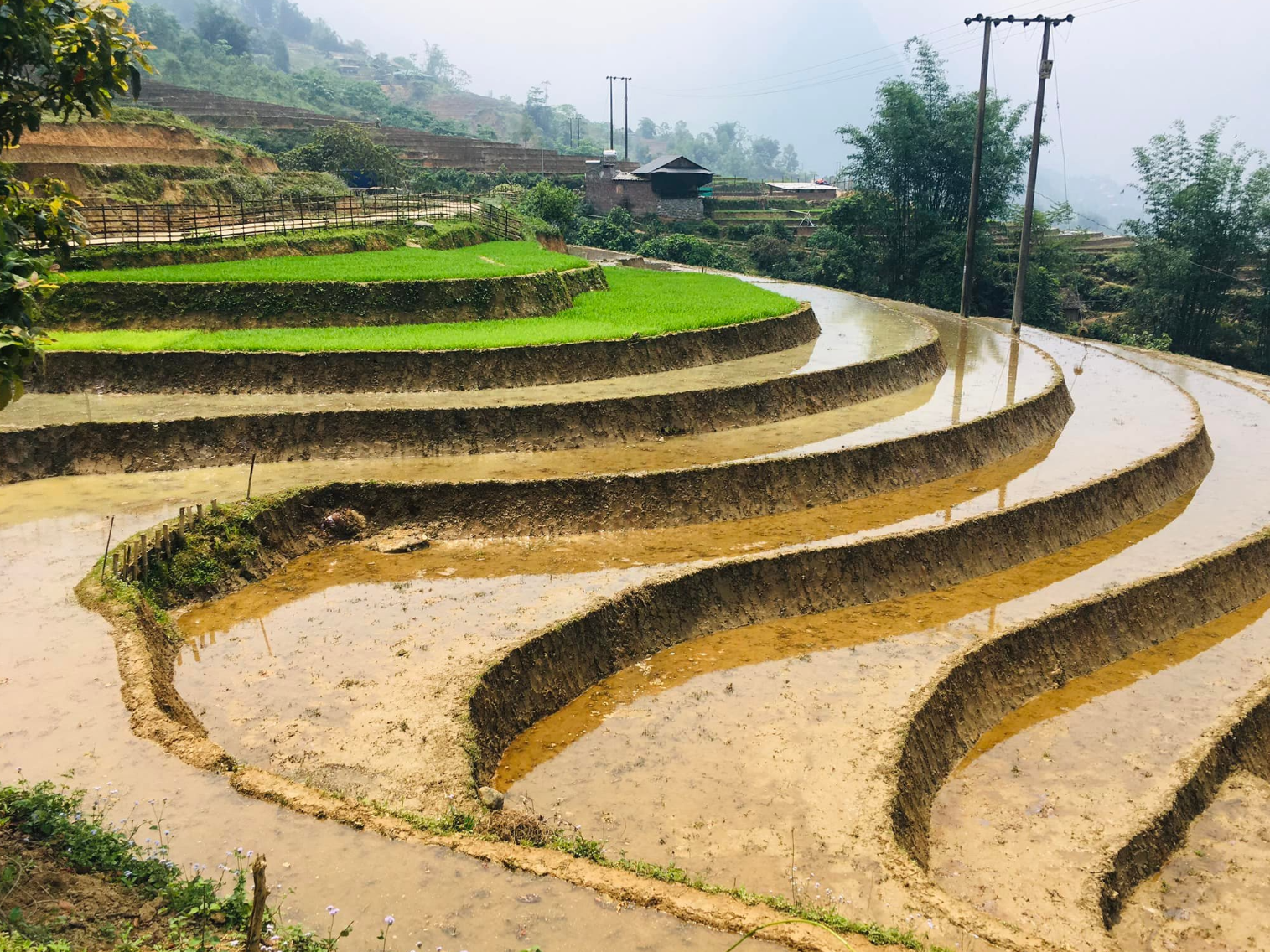

%20v%e1%bb%9bi%20Trung%20Qu%e1%bb%91c/dao-bac-ha_636931637798307905.jpg)
